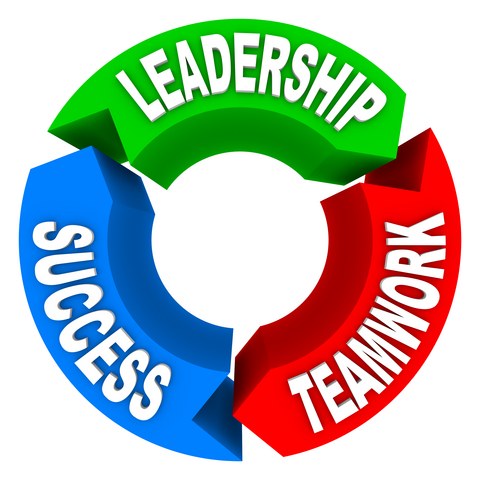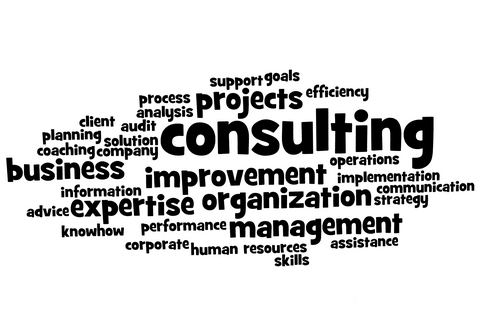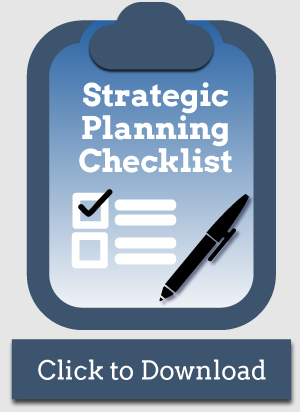Before starting the process of managing change be sure that the right leadership group is in place and functioning as a “team”. Having this will greatly increase the likelihood of realizing those dreams. Accomplishing this is in my opinion is the most important responsibility of the organization’s leader. The following are some thoughts to consider should you decide to do a review of your leadership team.
Size: The size of the group is important. Studies have shown that 6-7 is an ideal size group of people working together to accomplish an objective. Less than this and you might not have enough different viewpoints to make the best decisions. When the group is larger than 6-7, having an effective working relationship and making the best decisions becomes more difficult. Studies have been conducted have determined that when a group becomes larger than 12 the probability of working together effectively becomes extremely difficult. You might need to have more than 6-7 to ensure that the appropriate groups are represented but remember that the larger the group the more difficult it is to function effectively. One thought to consider, if you feel a need for a larger leadership team, is you could have some members of the team represent multiple groups which would reduce the size. However, doing this means that they must truly represent all of their groups.
Who: Having the right people is very important. I feel there are advantages to having representation from different age groups, both sexes, multiple races and probably other nationalities. The characteristics of the individuals are also important. I would question if it is appropriate to have people that are not respected by their peers or people that report to them. I would recommend not having individuals that would have difficulty working in a teamwork environment.
Teamwork: Next, it is important that this group truly functions as a team. Examples would include: conducting highly effective meetings, reaching a consensus on most major decisions, participating in a way that is looking for what is best for the overall organization versus some individuals pushing what is best for them personally. There are many other examples but I will be discussing teamwork in more detail in future postings. If the leadership group is not functioning as a strong team this problem should be a top priority. Consider finding and using a consultant with proven experience that can fulfill this need with a combination of training and facilitation.
Action Needed? Have you been procrastinating on making changes to your leadership team that you know are needed? Is postponing making that decision in your organization’s best interest? How would a good consultant rate your team’s effectiveness?












